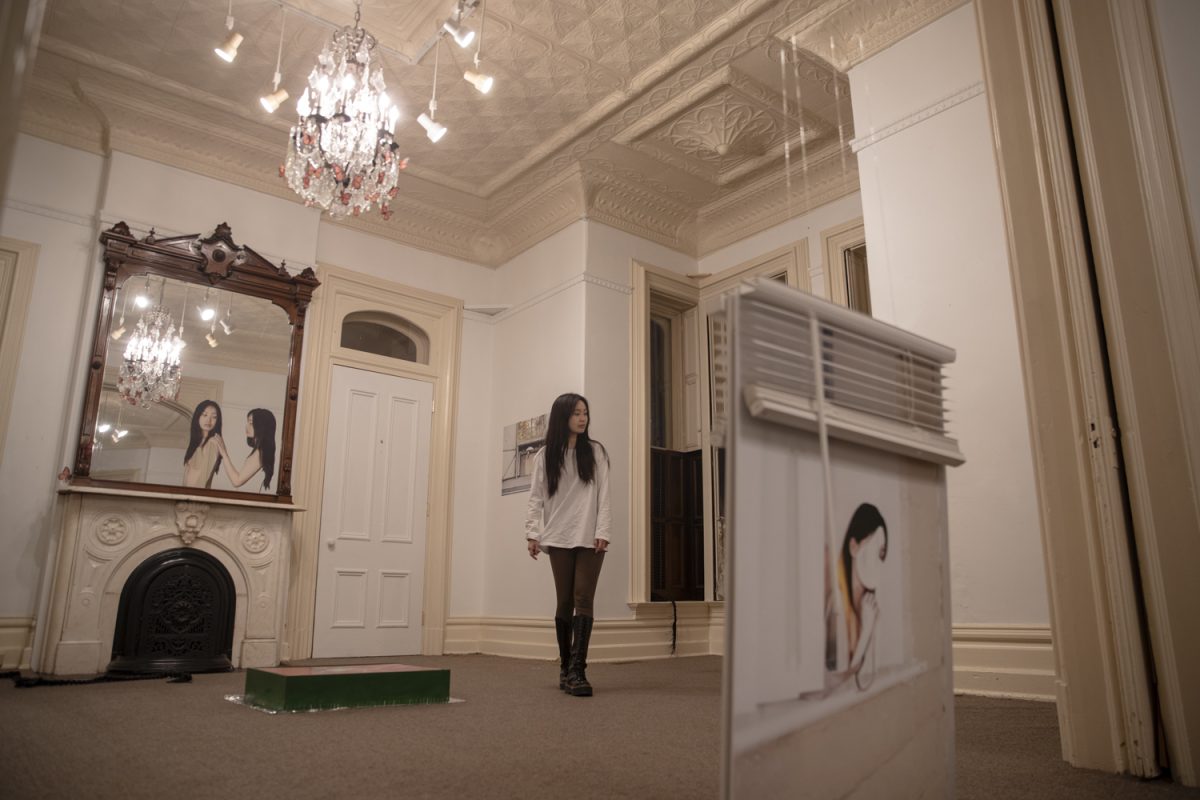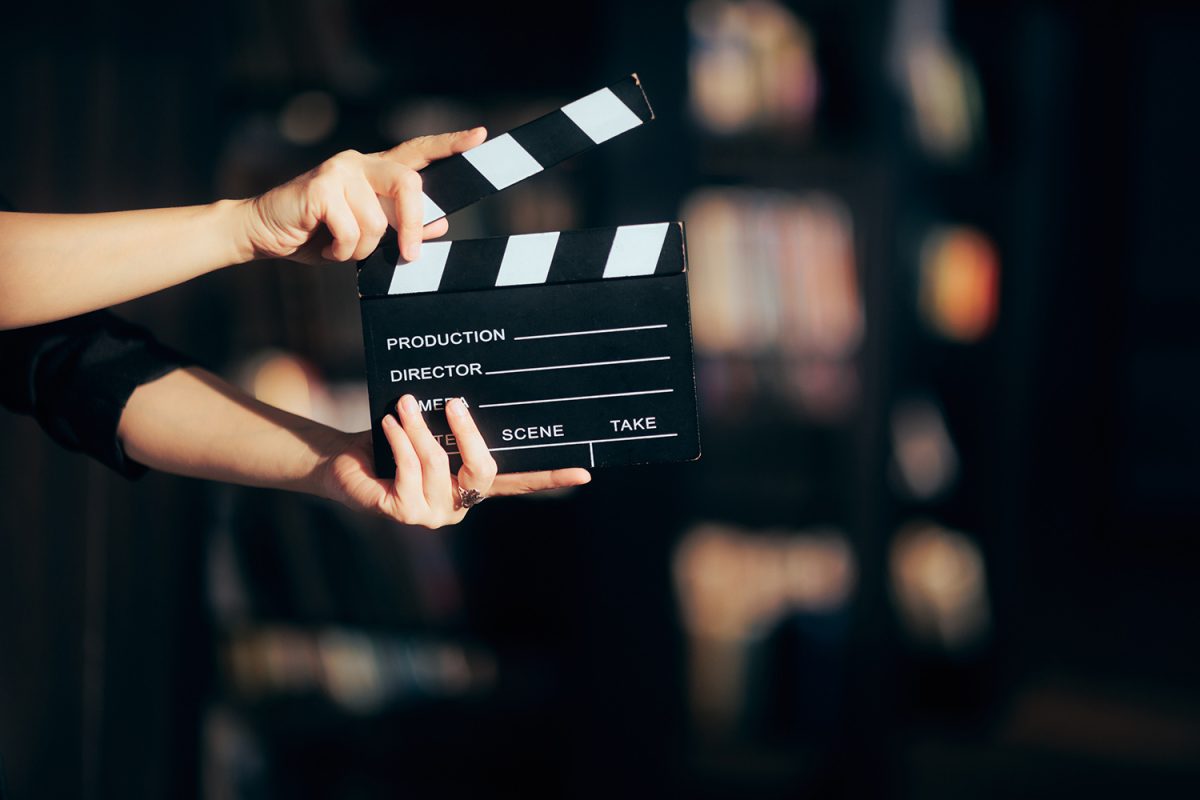My name is Melea, and I am a “Gleek.”
My addiction began last April when I first saw the pilot episode for Fox’s “Glee.” It was spunky, it was fresh, and despite its atrocious “High School Musical”-esque lip-synching, its cult-classic potential was undeniable (Though I’m morally opposed to all things Journey, the McKinley High School Glee Club literally brought geeky tears to my eyes with its rendition of “Don’t Stop Believin’ ”).
Since the season started in September, my obsession has spiraled into full-fledged dependency (I custom ordered an “I’m a Gleek” T-shirt). I would kill to be in Vocal Adrenaline and would buy an Acafellas album ASAP. I relate to Lea Michelle’s character more than I’d like to admit, and I want to own every single outfit Emma Pillsbury wears. From “Single Ladies” to Ms. Minnelli to “Somebody to Love” — which also brings me to tears every time I hear Mercedes hit the high notes at the end — “Glee” has brought nothing short of elation to my Wednesday nights.
True, Tina’s stutter is seriously fabricated, the characters are mere high-school archetypes, and if a football team pulled out the “Single Ladies” dance in the middle of the big game, it would undoubtedly incur at least false-start and illegal-formation penalties. But the joy of “Glee” lies in the audience members’ ability to suspend their disbelief and just sing along.
In the spirit of full disclosure, allow me to admit to my own geeky past. When I was a kid, I sang and danced to Nat King Cole standards for my parents on our fireplace hearth. I sang in extracurricular choirs throughout school and became a proud member of Cedar Rapids Prairie’s Ambassadors show choir in high school (in case you’re from the Cedar Rapids area, in my senior year our girl’s song was Beyoncé’s “Crazy in Love”). And in May 2010, I’ll graduate from the UI with a bachelor of music in vocal performance.
The sheer brilliance of Fox’s marketing strategy is to target a national niche audience (“Glee” sheet music is available now), searching out music junkies such as me and presenting them with something they find irresistible: the power of performance. Anyone who has been in show choir can vouch for the fact that the experience is both the best and worst of times (let’s be honest — the hair extensions and prostitute makeup are a little gross), but being on the stage is intoxicating — ask anyone who has tasted “the roar of the greasepaint and the smell of the crowd.”
Nostalgia aside, “Glee” successfully channels one major factor that is universally compelling. When words fail, sometimes a song can narrate life perfectly — those of us who learned about sex from Salt-N-Pepa or have wished for a second chance while listening to the Cabaret soundtrack can attest to that fact. When Mercedes busts the windows out of Kurt’s car, we feel her pain. When Rachel and Finn pine for “Somebody to Love,” we relive our own soulful searches for that special someone.
Social theorist Theodor Adorno once wrote, “Music no longer serves direct needs not benefits from direct application, but rather, adjusts to the pressures of the exchange of abstract units. It’s value … is determined by use.”
“Glee” may never win an Emmy, but it’s perfectly imperfect in its exploration of the intersection between music and internal motivation. The way its characters use song to express their emotions reflects the ways in which music inspires, educates and enlightens in our day-to-day lives, and demonstrates how relevant the arts are within American society.
With this in mind, I’m not ashamed to admit that I need my weekly “Glee” fix. And now that Fox has officially signed on for a full season, I’m thrilled that I’ll be getting it far more than once more, and always with feeling.






